Many factors, like eyelid irritation, cosmetic lash procedures and underlying health conditions, can affect your eyelashes
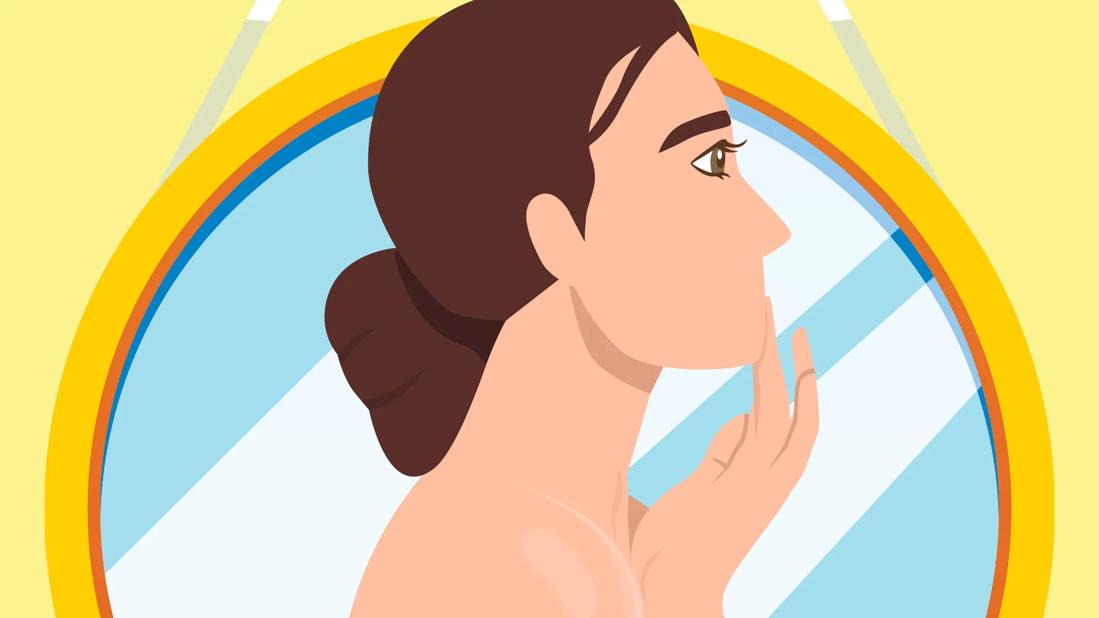
We humans love the look of lush lashes. We’ll use mascara, lash growth products and falsies to achieve a fabulous fringe. But eyelashes aren’t just about aesthetics — they’re also little bodyguards for your eyes, helping to keep dust and debris out.
Advertisement
Cleveland Clinic is a non-profit academic medical center. Advertising on our site helps support our mission. We do not endorse non-Cleveland Clinic products or services. Policy
So, it’s understandably stressful when your eyelashes seem to fall out faster than usual. Maybe you’re seeing a lot of lashes when you remove makeup or you’re just noticing that you seem to have less overall.
What causes eyelash loss, and what can you do to stop it? Ophthalmologist Nicole Bajic, MD, has answers.
On average, people lose 1 to 5 eyelashes per day, according to the American Academy of Ophthalmology.
“It’s totally normal to find a lash or two on your face or pillowcase occasionally,” says Dr. Bajic. “Like all hairs on your body, lashes go through phases of growth, transition and resting, and eventually fall out.”
In other words, a lost lash here and there is normal. But lashes that are thinning or coming out in clumps aren’t. If you’re losing lashes faster than your body can replace them, you have rapid eyelash loss, which is known as ciliary madarosis.
“Ciliary madarosis itself isn’t a disease, but it’s a consequence of something affecting your eyelash growth,” says Dr. Bajic. “The cause could be something simple like irritation from eye makeup, or it could be a sign of a deeper health issue that needs treatment.”
The most common reasons for eyelash loss include:
Blepharitis is inflammation of the eyelid, and it’s a pretty common issue.
Advertisement
“Many different skin conditions, from rosacea to seborrheic dermatitis, as well as demodex infestation, can cause blepharitis,” explains Dr. Bajic. “Inflammation from these skin conditions can affect your eyelash follicles, leading to lost lashes.”
Dr. Bajic says treating the underlying skin issue is the best way to manage blepharitis.
“At-home lid scrubs and warm compresses can help manage the symptoms,” she shares. “But if it’s severe, you may need to see an ophthalmologist or dermatologist for further treatment.”
It’s not just skin conditions that can affect your lashes. Systemic (whole body) health issues can also cause your lashes to fall out.
“Eyelash growth is a nonessential body function,” explains Dr. Bajic. “So, if your body is busy fighting an illness, it may not have the resources for maintaining healthy lashes. Humans are attracted to thick lashes because they’re a sign of overall health.”
Many conditions can cause eyelash loss, including:
We do a lot of things to get a pretty fringe, from lash lifts to tinting. Sadly, all of these things could thin your lashes instead of plumping them up.
“Your eyelash follicles are delicate, and chemicals and lash extensions can damage them,” states Dr. Bajic. “The weight from false lashes can pull on your natural lashes, causing traction alopecia, which is hair loss caused by pressure or pulling. Also, chemicals in lash lift procedures and eyelash glue can trigger an allergic reaction that makes your lashes fall out.”
If you opt for one of these treatments, Dr. Bajic advises being choosy about your doctor and reserving them for special occasions, but don’t plan on doing it for the first time right before a big event.
“Go to a reputable, experienced salon that uses sterile equipment,” she stresses. “You can try falsies for a big event if you like, but then, give your lashes a break for a few months.”
Finally, consider getting a patch test before going all-in with lash lifts and falsies.
“Ask to have a small sample of the glue or lash lift chemical applied inside your elbow,” she recommends. “It’s better to find out that you’re allergic to an ingredient before you put it on your eyelids.”
Eyelash loss is a possible side effect of some drugs, such as blood thinners and certain depression meds.
“If you recently started a new medicine and notice fewer lashes, talk with your doctor,” advises Dr. Bajic. “Don’t stop taking your meds unless your physician says it’s OK.”
Advertisement
If you’re receiving cancer treatment, chemotherapy and radiation therapy can also thin out your lashes.
“Fortunately, eyelashes usually start to grow back after your treatment is complete,” she notes.
If you’re deficient in certain vitamins, your lashes may take a hit. Specifically, biotin, zinc and iron deficiency have been shown to have a role in lash growth. But don’t start taking vitamin megadoses in hopes that they’ll be a magic fix.
“Taking high doses of anything can be potentially toxic,” warns Dr. Bajic. “And excess biotin can cause side effects and interfere with blood test results.”
Instead of running to the store for supplements, talk with a doctor or healthcare provider to determine if you need certain vitamins or minerals.
“You may need blood tests to confirm or rule out a deficiency,” she adds.
The first step to addressing eyelash loss is to treat any health problems that could be causing it. In other words, see your doctor or other healthcare provider regularly to manage issues like autoimmune and skin conditions.
From there, you can do a few things at home to support healthy lash growth:
Advertisement
What about the lash-growing drug bimatoprost known as Latisse®?
“Bimatoprost extends your eyelash growth cycle, so it helps lashes grow longer, not thicker,” Dr. Bajic explains. “Many people can use it safely, but it has possible side effects like dry eye, making you more prone to styes, undereye hollowing and irreversible darkening of your iris.”
Losing eyelashes can be puzzling and even frightening — but your doctor is here to help.
“Many causes of eyelash loss are treatable,” reassures Dr. Bajic. “If you’re noticing thinner lashes, tell your doctor. They can help you find the root cause and help get your lashes growing again.”
Advertisement
Learn more about our editorial process.
Advertisement

Both chalazia and styes appear as bumps on your eyelid — but styes are typically painful

Keep your eyes clean and try to stay makeup- and contacts-free to help move healing along
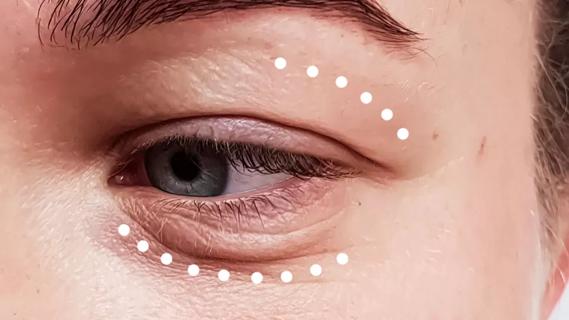
The procedures take different approaches to eliminate saggy, baggy skin around your eyes
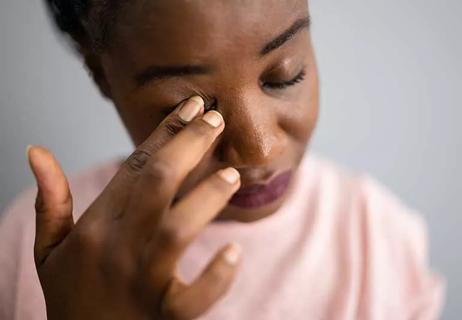
Doing so can cause a severe infection, damage to your eyelid or even a corneal abrasion
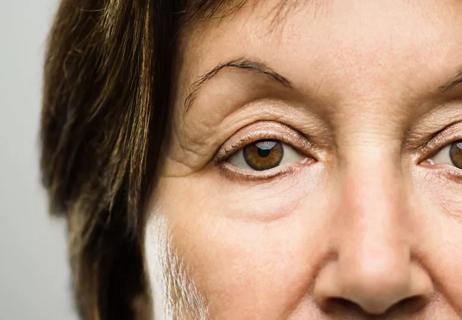
Injections or surgeries can give aging eyes a lift
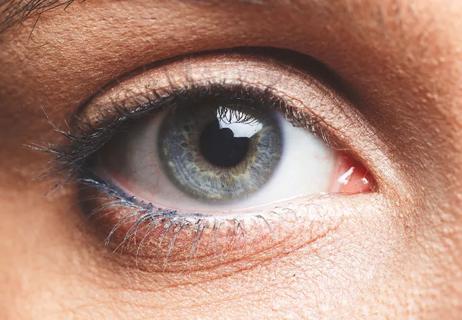
This glaucoma drug can also thicken lashes, just note side effects

Early attention to skin wounds can help minimize their appearance later

Several conditions, like vitiligo and fungal infection, can cause a loss of pigmentation, leading to white spots or patches on your skin

The best parenting style balances enforcing rules and showing plenty of love

Tips include cutting back on sugar, focusing on exercise and managing stress

It can be harder to let go when you’ve invested time, energy and emotions — but it might be the healthier choice long term